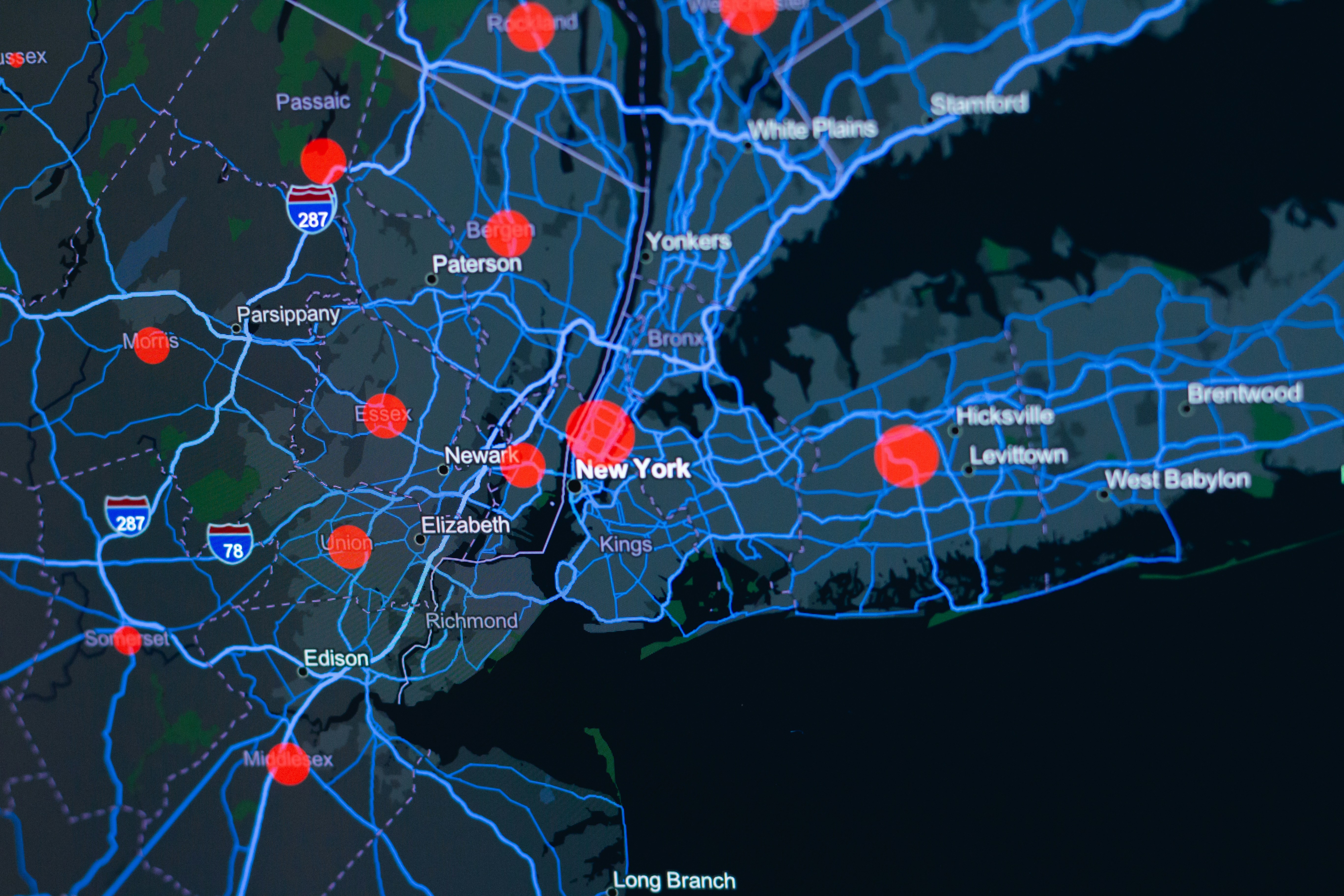Field of Membership Expansions During 2022Q4
View credit union field of membership expansion trends for the fourth quarter of 2022 and how they break down by charter type and potential members added.


An analysis of FOM expansions by charter types and potential members added across the fourth quarter of 2022.
Each quarter, the NCUA’s Office of Credit Union Resources and Expansion publishes data on changes in federal credit unions’ (FCU) fields of membership (FOM), whether via expansion, conversion, or merger. The Merger Activity and Insurance Report includes both a broad industry overview and detailed data on individual credit unions, which can at times reveal the outsized role of a few institutions.
Background on Field of Membership
At the federal level, fields of membership (often also called charters) may be classified as (1) community, or residentially-based, charters; (2) single common bond charters (SCBs), either occupational or associational; or (3) multiple common bond charters (MCBs), which may combine either or both occupational and associational common bonds.
Community charters may, within some constraints, expand the geographic size of their FOMs. SCBs may expand their FOMs by adding other single common bonds (commonly called Select Employee Groups (SEGs)), thereby becoming MCBs. In turn, multiple common bond credit unions may also add further SEGs and, vitally, underserved areas.
FCUs may convert across community, SCB, and MCB charters. In doing so a newly converted community charter would give up its field of membership outside of its geographic FOM. Similarly, an FCU abandoning a community charter would give up its geographic FOM in exchange for its adopted SEGs. Conversions, however, do not affect current members, who are protected by the “once a member, always a member” rule.
Community Charter Expansions and Conversions
From October through December of the past year, eight credit unions in total expanded an existing community charter, while a further two converted to a community charter. All told, this activity led to the addition of 14.19 million potential new members.
Those credit unions expanding their charter led to the greatest number of potential new members, accounting for of 75% of the total with 10.99 million overall for an average of 1.37 million and similar median of 1.26 million. Of the eight expansions, five were local community additions, while the remaining three were rural districts.
The largest FOM expansion came from Jordan Credit Union, based in Sandy, Utah, which added a core-based statistical area (CBSA) composed of six Utah counties with a combined population of 2.49 million to more than double its potential membership.
While only two credit unions converted to a community charter this past quarter, both added more than a million potential new members and together combined for a total of 3.21 million overall.
Of the pair, Ontario-Montclair School Employees FCU, in Ontario, California, added the most potential new members following the credit union’s conversion and subsequent addition of the single political jurisdiction (SPJ) of San Bernardino County, California. The move led to a total of 2.16 million potential new members—an increase of over 2,500% on their previous FOM.
For contrast, across the third quarter of 2022, ten credit unions expanded their community charters and together added 7.6 million potential new members, with an average of 763,866 and nearly identical median of 739,434 per expansion. Additionally, two FCUs converted to a community charter, together adding 1.4 million potential new members.
Select Employee Groups
Single Common Bond
As they were the previous quarter, SEG additions by single common bond credit unions were rare across the final three months of 2022, with just one institution adding a pair of groups. That credit union was BOPTI FCU, based in San Pedro, California, which increased its potential FOM by 515 people via one occupational group from Miami, Florida, and another from Beaumont, Texas.
By comparison, for the third quarter of last year, three credit unions combined to add four groups accounting for 38,392 potential members altogether.
Multiple Common Bond
MCB credit unions were once again far more active in terms of expanding their fields of membership this past quarter as, overall, 15 institutions added 19 select employee groups for a total of 2.06 million potential new members. The disparity in terms of the size of these groups is highlighted by both the average (108,718 people) and especially the median (12,500 people) numbers, which show the wide range of SEGs added.
Of these, the slight majority (ten) were occupational groups, which together led to a total of 118,955 potential new members, with an average of 11,896 and median of 7,200 per SEG.
The associational groups added yielded far more potential new members, as the nine additions combined for 1.95 million altogether, with an average of 216,298 and median of 322,827.
Highlighting this group were five separate credit unions who each gained more than 320,000 potential new members through the addition of the American Consumer Council, based in San Diego, California.
The numbers from this past quarter were not dissimilar to the span preceding it, in which 17 credit unions added 22 select employee groups for a total of 1.6 million potential new members.
Underserved Areas
Over the fourth quarter of 2022, six MCB credit unions added a total of 14 underserved areas to their fields of membership for a combined total of 9.19 million potential new members. Both the high average (656,790 people) and median (602,417 people) per area serve to underscore the success of those additions.
The majority (ten) of the underserved areas added were rural districts, which accounted for 6.53 million potential new members.
Accounting for most of the activity was GECU, based in El Paso, Texas, which undertook the largest underserved area expansion of all-time both in terms of potential new members and areas added. Altogether, the credit union added seven underserved areas—six rural districts and one local community—to increase its field of membership by 5.11 million.

A map charting GECU's underserved area expansion across Texas and neighboring New Mexico.
For comparison, across the previous quarter, five MCBs added eight underserved areas, with the activity leading to 3.1 million potential new members—an average of 392,216 and median of 245,509 for each area addition.
Takeaway
As in other recent quarters, the data for 2022Q4 show there are opportunities for credit unions of all charter types to expand their fields of membership. Further, as was the case across the previous quarter, community charter expansions once again led the way in terms of total, average and median potential new members added.
The most common expansion route meanwhile was the adding of SEGs by MCB credit unions, despite these yielding an average of 108,718 and median of just 12,500 per group. Therefore, the data clearly indicate the better route for these multiple common bond credit unions is the adding of underserved areas, given their potential to increase field of membership by a far greater margin.
To learn more about the FOM expansion options available to your credit union, visit our field of membership page or reach out to our consulting team today!
Field of Membership Expansion













.png)





.png)



.png)



















































